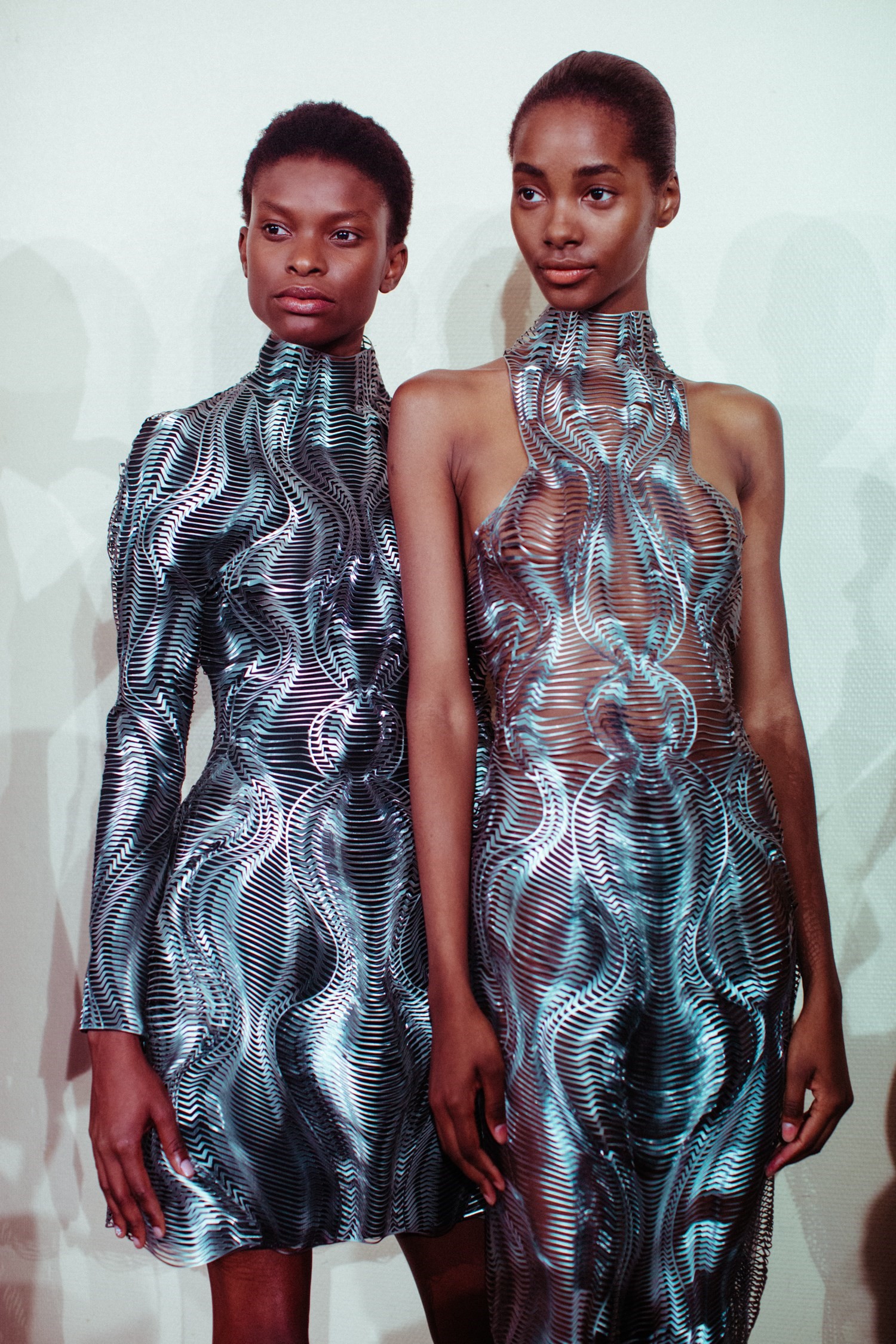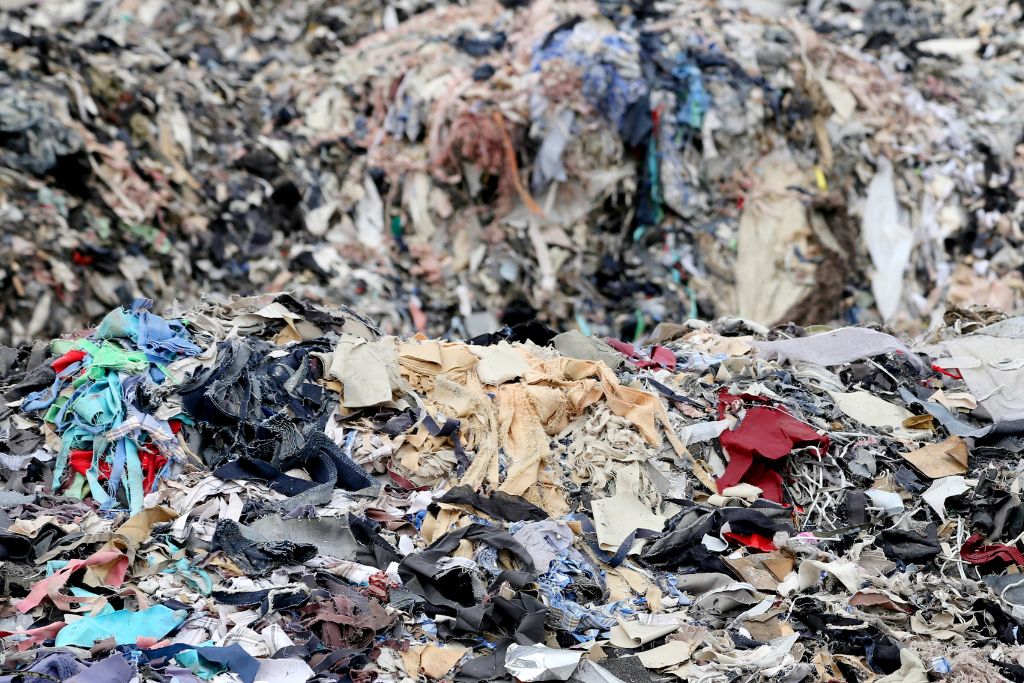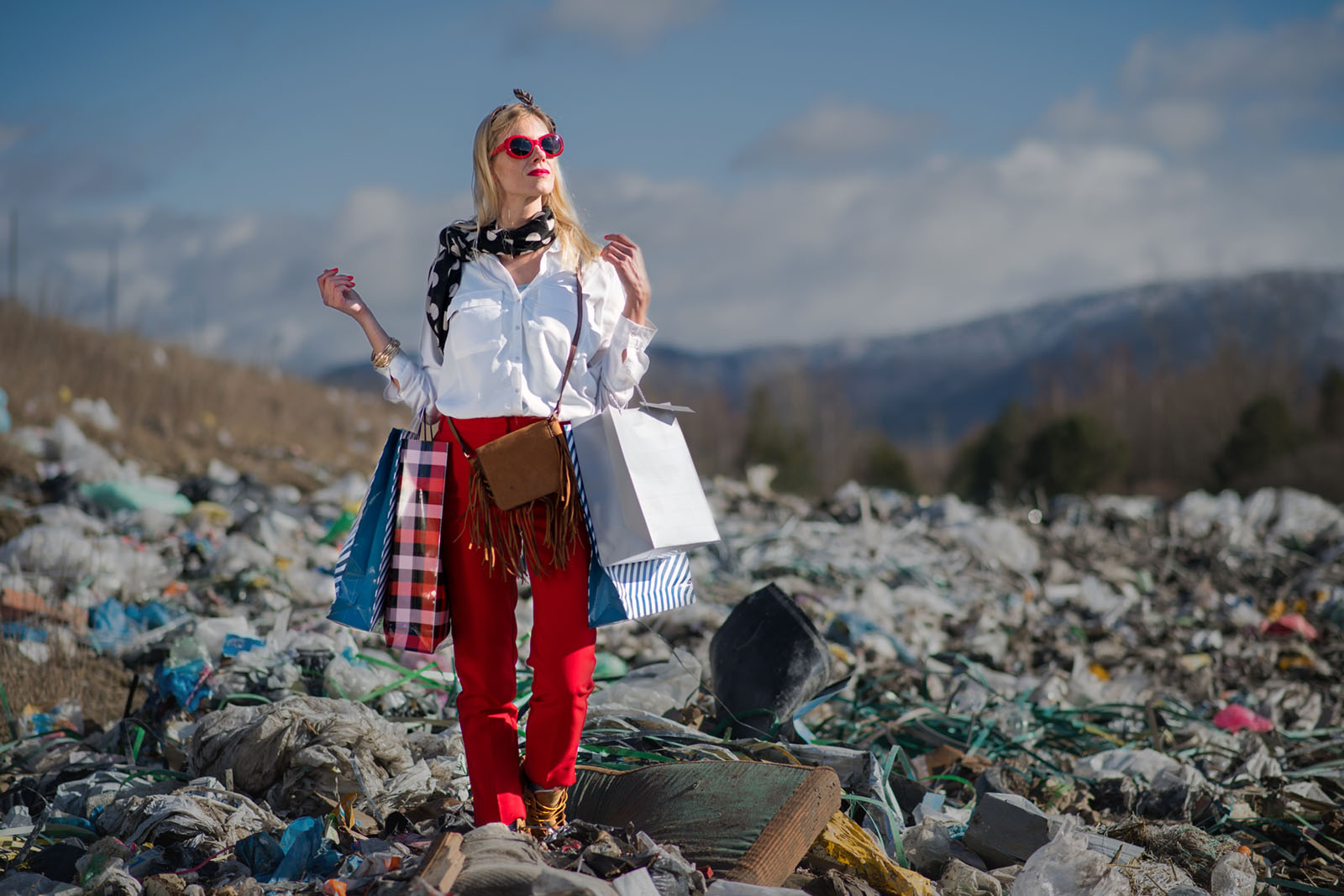OPENING A NEW DOOR : SUSTAINABLE FASHION (1/3)
Clothes are a way to express yourself. Your outfit speaks more than you might think. But, have you ever wondered what goes on behind-the-scenes? How was your newest dress made? What went into the process? or simply, what exactly are you wearing?
 |
| microfibres are ruining the oceans |
After knowing this, it wouldn’t come to you as a shock that the fashion industry is the second largest contributor to pollution and responsible for 20% of global industrial water pollution. The culprit? ‘Fast Fashion’.
Fast Fashion is a design, manufacturing, and marketing method focused on rapidly producing high volumes of clothing. It is an approach to the design, creation, and marketing of clothing fashions that emphasises making fashion trends quickly and cheaply available to consumers. Brands like Zara, H&M, Forever 21, Shein, Urbanic are some popular fast fashion brands and increasingly famous among youth and influencers.
Researchers have found out that fast fashion is harming the environment at a very 'fast' pace. Some of the prominent ways in which this fashion causes danger are listed below.
- Fast fashion produces large amounts of land pollution, air pollution, water pollution, textile waste, and greenhouse gas emissions.
- Around the world, fast fashion extensively pollutes rivers and oceans with harmful chemicals and plastic garbage.
- The textile business involves the usage of huge amounts of dangerous chemicals for fabric finishing, washing, bleaching, dyeing, and finishing.
- One of the most often used fabrics is polyester. It is made from fossil fuels, contributes to global warming, and when washed, can release tiny fibres that increase the amount of plastic in our oceans.
- In the wild, land and marine creatures alike consume the poisonous dyes and microfibres released in streams through the food chain with disastrous results
With people slowly understanding the importance of environmentally conscious behaviour, steps should be taken on the fashion-front as well. Some high end designers like Iris Van Herpen have already devised sustainable methods for her brand, using upcycled marine debris; she is also currently working with scientists to develop sustainable textiles. However luxury brands aside, smaller, local brands as well the people who buy from these brands should also make more eco-friendly choices. Here is where the concept of ‘Sustainability’comes into play.
 |
| designer iris van herpen's products are 3d printed and futuristic to the look |
Sustainability was defined as “filling the requirements of the present without compromising the ability of future generations to fulfil their own needs” by the United Nations Brundtland Commission in 1987. Similarly, “Sustainable fashion” is a word used to describe items that work toward a carbon-neutral fashion industry centred on equity, social justice, animal care, and ecological integrity.
Sustainable fashion seeks to actively contribute to the development of thriving communities and ecosystems. The movement contends that management at clothing firms has to prioritise improvements to the environment, society, and ethics.
It goes without saying that sustainable fashion is a much better choice. But why? Let's take a look at some of the various reasons why building a sustainable wardrobe is beneficial to the environment.
1. Less waste
Each year, an average consumer discards 82 pounds of textile waste. Slow fashion entails consciously limiting one’s purchases. Slow fashion is only adding pieces you truly adore and wearing them frequently. This reduces the amount of clothing we buy and then dispose of. Slow fashion decreases our personal waste while also lowering consumer demand for new manufacture, which can help the environment.
 |
| tonnes of clothes are dumped every year |
The fashion industry consumes a lot of resources and water. Did you know that just pair of pants and a t-shirt requires 5,000 gallons of water to manufacture? Textile dyeing and manufacture pollute our waterways as well. Sustainable fashion addresses these challenges by using better fabrics, this decrease the amount of water needed in production, and also prevents synthetics and chemicals that can be found in clothing.
3. Improves Working Standards
Harsh chemicals used during the process of making the clothes can take a toll on the workers in the forms of various diseases and illnesses. We cannot also deny the obvious of how fast fashion companies use sweatshops. Sweatshops are workplaces where employees are made to work under terrible, unhealthy or oppressive conditions. Sustainable fashion companies use organic and natural materials thus automatically bettering the workplace standards.
Fast Fashion is clearly and undoubtedly the anti-hero BUT it is still very much prevalent and most importantly, sells like hot buns. We're counting down the reasons why in the next post, stay tuned!



Comments
Post a Comment